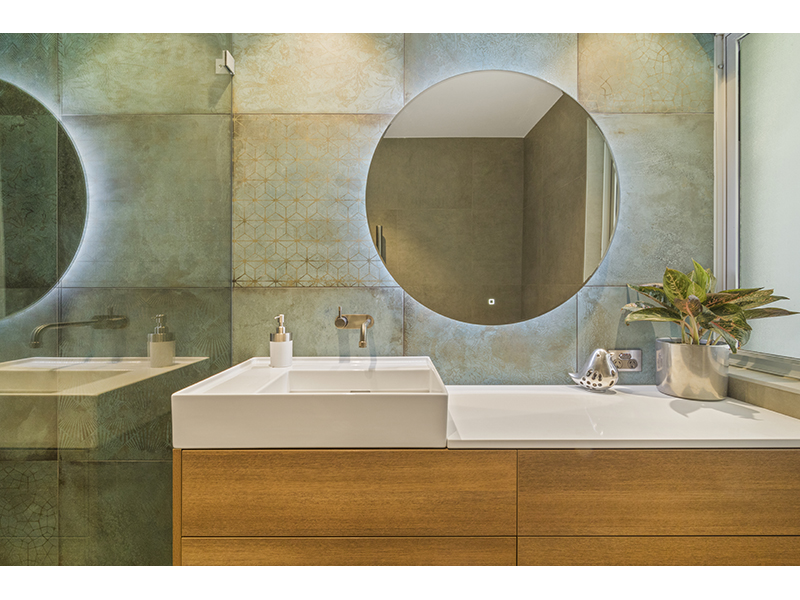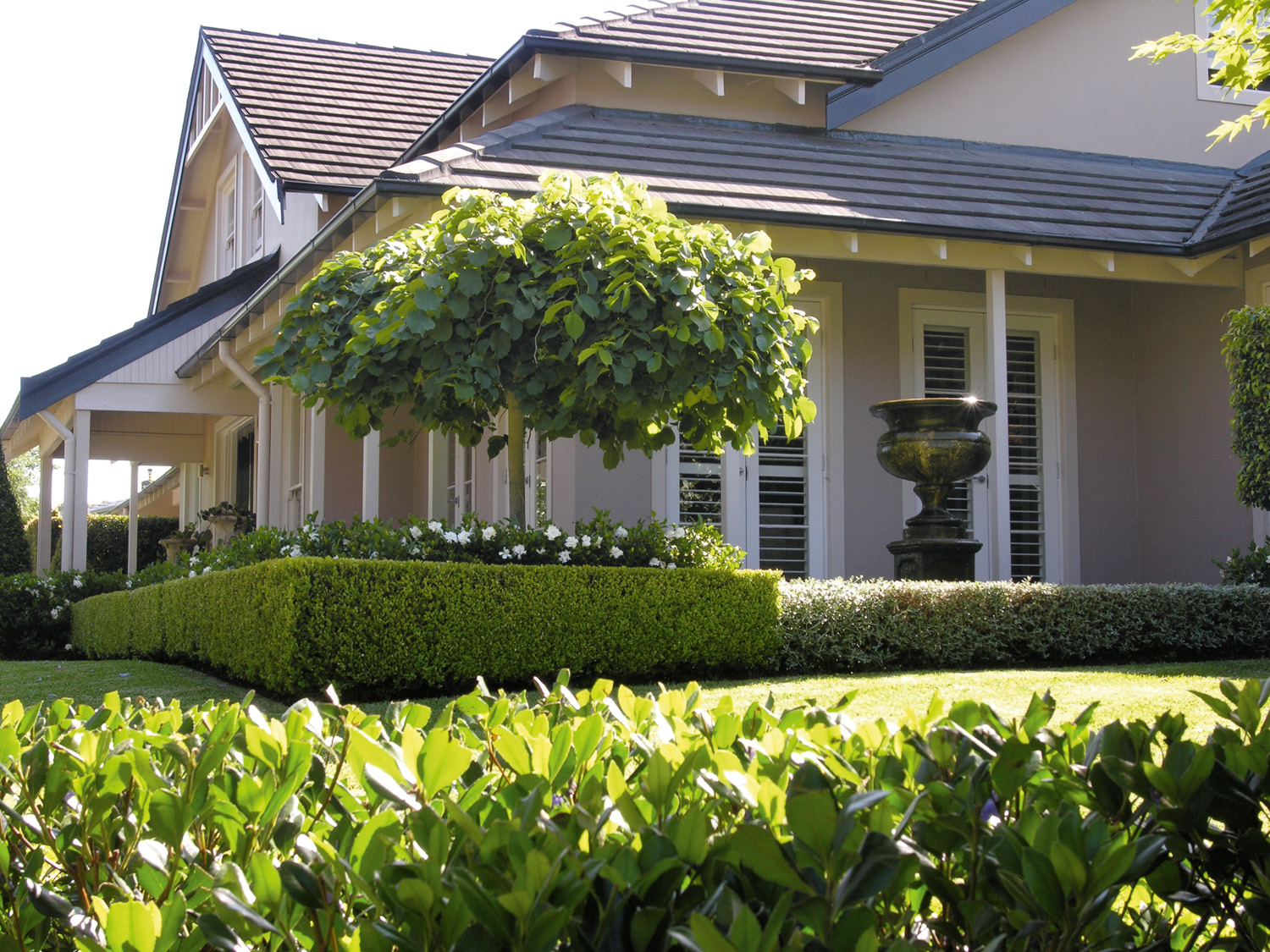Creating a water-efficient garden is easy once you know the design principles
By Diane Norris
The term ‘water-wise garden’ is now part of the vernacular, but what does it really mean? A water-wise garden is a garden designed, constructed and maintained to thrive without wasting water. Regardless of where you live or what your climatic conditions are, a water-wise garden does what the name suggests — it uses the precious commodity of water wisely.
In a water-wise garden there will be minimal loss of water through evaporation. Efficient watering methods will be used, the plants will be adapted to the seasonal climatic variances and rainfall patterns, rainwater will be captured and re-used, and run-off will be properly managed.
Environmental concerns are the number one reason for being careful with water usage in your garden but for many, the reduction in their water bills and the garden’s reduced maintenance needs are reason enough to go down the water-wise route. A water-conserving garden will more sustainable and healthier. Water run-off, which enters storm-water outlets and ends its journey in waterways or the ocean, will be significantly contained. This run-off often carries garden debris, chemicals and nutrients that damage the environment. So it makes good sense, both for economic and environmental reasons, to investigate how you can use water in a better way when gardening.
Planning process
Whether refurbishing an established garden or building a new landscape from scratch, the key to creating a water-wise garden is good planning and excellent design. Consider what will be garden areas, how much lawn space you want, what you want to grow and so on. Draw a mud-map (rough plan) of your garden showing the position of your house, open spaces and garden beds before you dig the first sod.
It is vital that you know your soil type right from the start. The heart of a healthy water-conscious garden is good fertile soil — alive in micro-organisms and rich in humus. Knowing your soil, enriching it and maintaining its viability, is singularly the most important factor in any garden. Soils with efficient water retention capabilities and ample depth have good permeability and adequate drainage, which means less frequent watering and proper absorption of rainfall.
Earthy matters
Your soil’s water-holding capability will depend on its type. You need to know if your soil is clay, sandy or loam. Loam is considered ideal but don’t despair if you have clay or sand as there are remedies you can administer to create a good garden mix.
Clay soil: Clay soils are dense and sticky, have poor drainage and compact easily. To improve heavy clay soil, add 500 grams of gypsum or dolomite per square metre and dig in thoroughly. This will improve its structure and allow better water penetration without it becoming water-logged.
Sandy soil: This friable overly free-draining type of soil needs to have plenty of organic matter added. Apply well-rotted compost or animal manures and dig in well. This may need to be done on a regular basis but you will soon find moisture will be retained.
Loam: This type of soil is considered the best sort of garden soil as it retains both moisture and nutrients well. But don’t be afraid to add composts and manure on a regular basis to keep it nourished and ‘sweet’.
Mulch, mulch, mulch
The role of mulch is to cover the soil and reduce evaporation. By spreading a blanket of mulch on your garden beds you can prevent more than 70 per cent of water evaporation from the soil. You can use lucerne hay, straw, leaf litter or decorative pebbles. As a rule it shouldn’t be any more than about 50-75 mm thick to allow water to penetrate adequately.
Mulch also helps to retard the growth of weeds, which, if allowed to flourish, compete for moisture in the soil — and give you extra gardening chores to attend to. If you choose organic mulch, it will add nutrients to the soil as it breaks down. When the layer of mulch begins to thin, top it up.
Watering wisely
Sensible watering is the backbone of the water-wise garden and there are many hints, tips and techniques that you can employ. Some gardens, called dry gardens, survive on rainfall alone and are the result of clever design, proper plant choice and sympathetic construction.
Irrigation: A well-designed irrigation system will deliver water to your garden in a water-efficient way. Drip irrigation is still considered the best home irrigation system for this purpose and uses drippers, tap timers and controllers to deliver water to the root zones of your plants without wastage. You will need to seek advice from experts at your local irrigation outlet or a licensed irrigation specialist.
Hand and hose: You can still use a watering can or a hose with a trigger-nozzle or wand attached to water your pot plants or garden. Apply water only to the root-zone of plants and do not waste water by showering the foliage or flowers.
Rainwater tanks: Installing a rainwater tank is a great investment, enabling you to capture every drop of rain that falls onto the roof of your house, shed or garage, and harness it for use on your garden. Tanks are available at most good garden centres, hardware stores or irrigation outlets and come in a huge variety of shapes, sizes and colours.
Grey-water: You may not have considered using what is called grey-water to water your garden. Grey-water is simply the water that is discarded down the plugholes inside your house that has been used in the bath, shower, spa, hand basin or washing machine. It is not, however, the water from toilet flushing or the kitchen sink. For the rules and regulations about using grey-water you must contact your local council or water authority. Remember, too, grey-water must not be used on edibles.
Choosing plants
Hardy drought-tolerant plants need less water to survive and should be one of the prime considerations. You can still buy and plant your favourites but a dedicated gardener who wants to adhere to water efficiency will look for plants that are drought tolerant.
Native plants are suitable to the Australian climate and are an excellent choice. Have a look around your local nursery or garden centre as there are special plots set aside with drought-tolerant plants. Anything from succulents, shrubs, groundcovers to trees, many species are very hardy and once established will need minimal watering.
Check the labels attached to the plant you are looking at — it will be clearly marked with a water-wise symbol as well as having wording on the label that will tell you it is drought hardy.
The rewards
Being a water-wise gardener will lead to a renewed pleasure in gardening for many reasons and knowing you are making an educated and conscious choice to do your bit for the environment and for water conservation will be the most pleasing aspect of all.
Water Saving Tips
* Water deeply: When you water your garden, water deeply so the water gets right down to the roots of the plants.
* Capture rainwater: Install a rainwater tank and use the water for garden irrigation.
* Use grey-water: Consider recycling your grey-water and using it to water lawns and ornamental plants.
* Drip irrigation: Install a water-efficient drip irrigation system and add an automatic timer.
* Check for leaks: Turn off taps tightly and fix any leaks. Keep hoses and fittings in good order.
* Apply mulch: Add a layer of mulch to garden beds and keep topped up to a depth of about 50-75mm or so.
* Maintain soil health: Keep your soil healthy by digging in composts or animal manures regularly.



